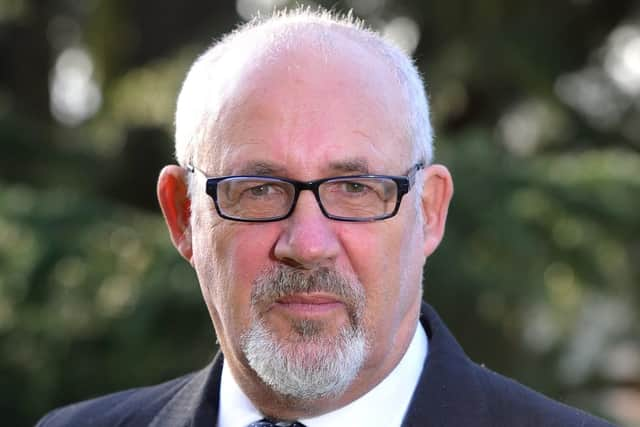Developing on greenbelt land is a threat to our biodiversity - Jon Trickett
There are also large numbers of planning consents in land banks held by developers that are sitting on their assets and allowing them to grow while seeking further planning consents, on which they will probably sit as well.
It is time to think carefully about our green belt. I represent a rural community of 23 separate villages. It is important to understand the importance of the independence of a local community, its local identity and local culture.
Advertisement
Hide AdAdvertisement
Hide AdRibbon development, which gradually takes one field, then another and then another, results in the bringing together of communities that historically were often rivals, or certainly have different identities that they want to retain. Take the village that I live in, which is a Quaker village in a mining community. We are now two fields away from Pontefract. If we go back far enough—back to the civil war—we stood for Parliament and Pontefract stood for the Crown. That is some time in the past now, but we get the point.


I can look from the top of our village down into Pontefract; it is creeping closer and closer, and there are plans to develop more of those fields. The village I live in is a rural community, with its own identity. We do not want to be part of Pontefract, and the same applies to all the other 22 villages that I represent. At the present time, we have three developments, all in the green belt and all for housing. I want to say two things about that: first, it is lazy for planners to simply draw lines on maps that look tidy without first having thought about the social, economic and environmental consequences. Secondly, to some extent, it is greedy of developers to want greenbelt land, which is often easier to develop than brownfield land, particularly in a mining community such as mine where much of the brownfield land has been polluted and needs to be cleaned up.
There are three sites in my constituency, all in the green belt but Springvale Rise, Highfield Road and Huntwick Grange are all under threat of development at the moment.
There is no obligation on planners, developers, councils or anybody else to do an analysis of the ecological impact of a development before it has been approved. In my view, that is completely wrong.
Advertisement
Hide AdAdvertisement
Hide AdWe have one development that could be 4,000 or 5,000 houses, if they get away with it. I commissioned, because nobody else did, an ecological survey by the reputable West Yorkshire Ecological Service.
That survey discovered on the site to be developed, 26 or 28 separate species of birds, mammals or other forms of life that are protected by the Wildlife and Countryside Act 1981, or birds that are on the Red List.
Nobody had done that work, yet all of these species are protected, as far as I can see. There ought to be no development that destroys their habitats, yet that is what is being threatened.
Can we really say that our planning policies should just ignore threats to our biodiversity? I think not.
An abridged version of a speech delivered by Jon Trickett, Labour MP for Hemsworth in West Yorkshire, during a debate in the House of Commons on Brownfield Development and Greenbelt.